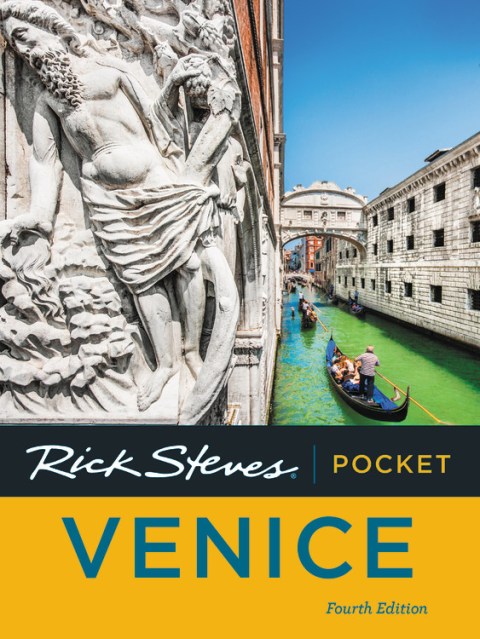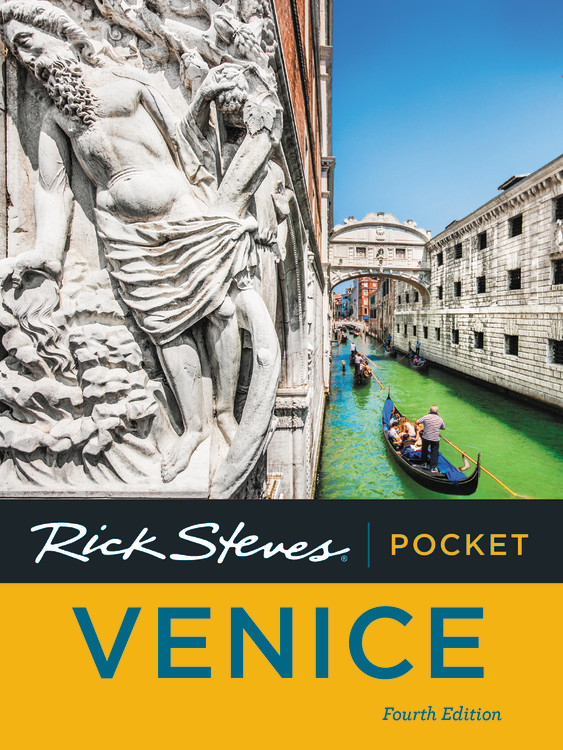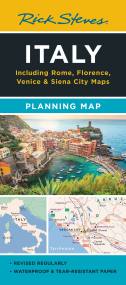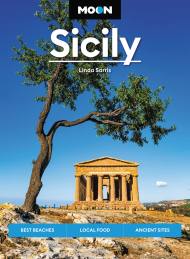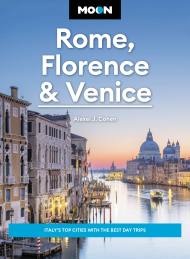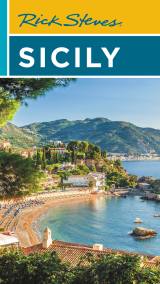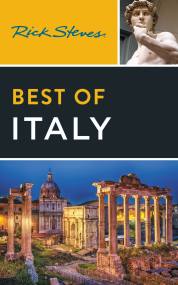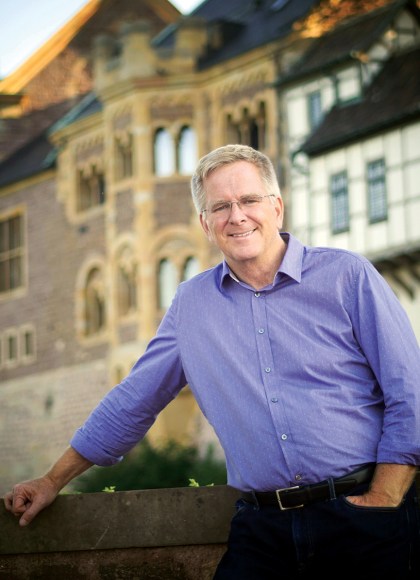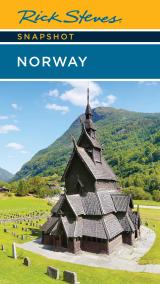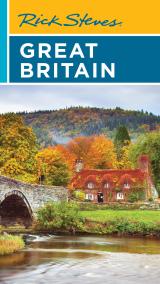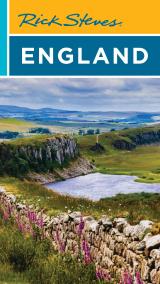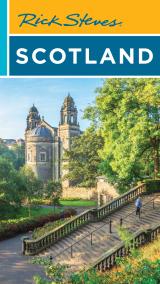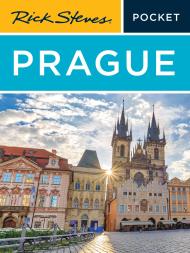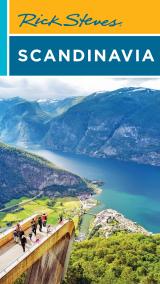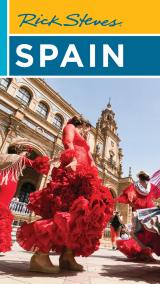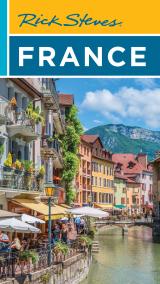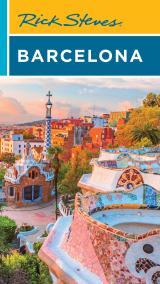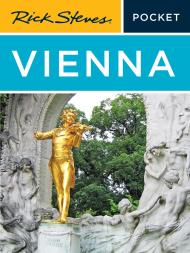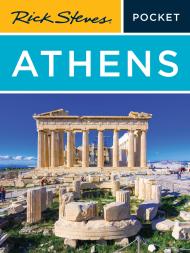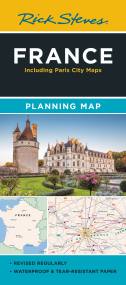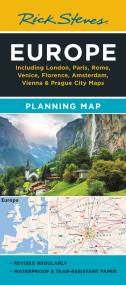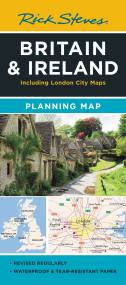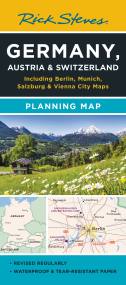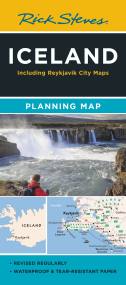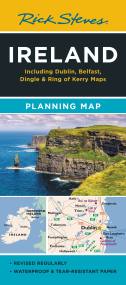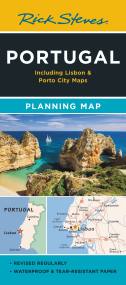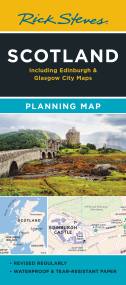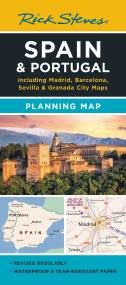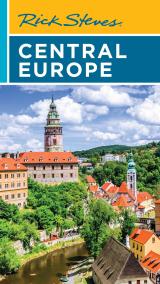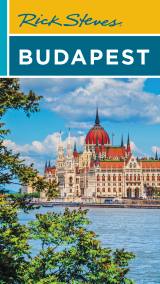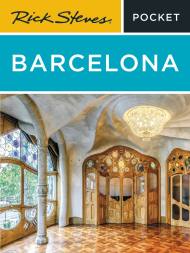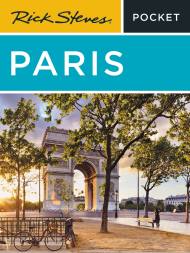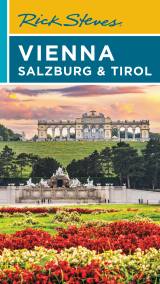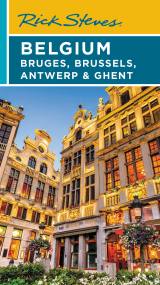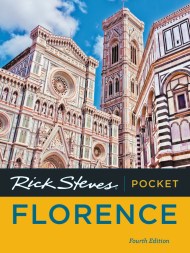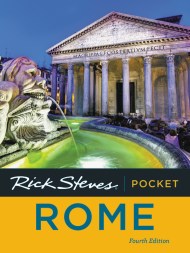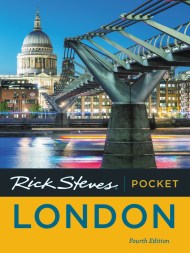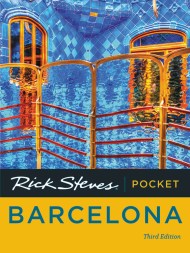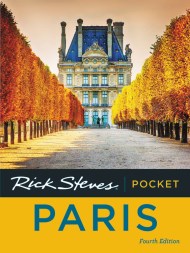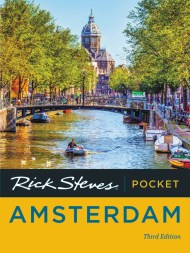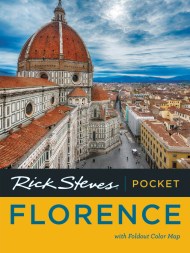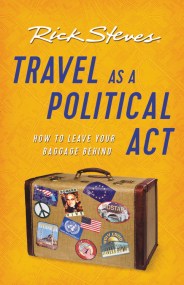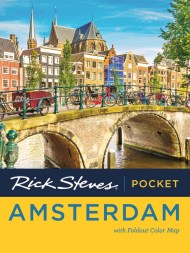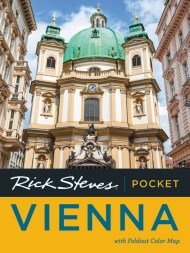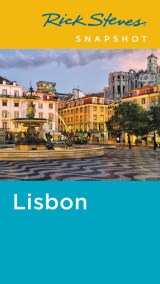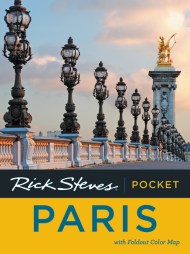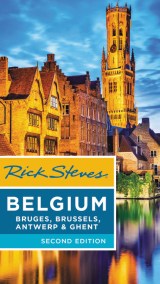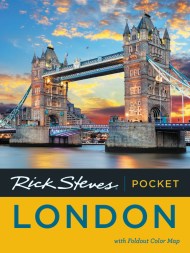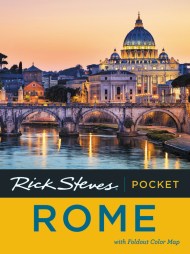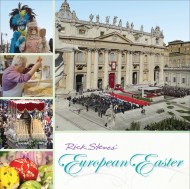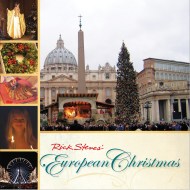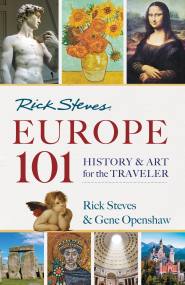Promotion
Use code MOM24 for 20% off site wide + free shipping over $45
Rick Steves Pocket Venice
Contributors
By Rick Steves
Formats and Prices
Price
$9.99Price
$12.99 CADFormat
Format:
ebook (Enhanced Edition) $9.99 $12.99 CADThis item is a preorder. Your payment method will be charged immediately, and the product is expected to ship on or around July 7, 2020. This date is subject to change due to shipping delays beyond our control.
Also available from:
Make the most of every day and every dollar with Rick Steves! This colorful, compact guidebook is perfect for spending a week or less in Venice:
- City walks and tours: Eight detailed self-guided walks including a Rialto to Frari Church walk and tours of St. Mark’s Basilica and Doge’s Palace, plus a Grand Canal cruise to see the city by vaporetto
- Rick’s strategic advice on what’s worth your time and money
- What to eat and where to stay: Savor calamari at a cicchetti bar, mingle with locals with a Bellini or spritz con Aperol in hand, and stay in a romantic canal-side hotel
- Day-by-day itineraries to help you prioritize your time
- A detailed, detachable fold-out map, plus museum and city maps throughout
- Full-color, portable, and slim for exploring on the go
- Trip-planning practicalities like when to go, how to get around, basic Italian phrases, and more
Lightweight, yet packed with information on what do and see, Rick Steves Pocket Venice truly is a tour guide in your pocket.
Extending your trip? Try Rick Steves Venice.
Genre:
- On Sale
- Jul 7, 2020
- Page Count
- 224 pages
- Publisher
- Rick Steves
- ISBN-13
- 9781641712651
Newsletter Signup
By clicking ‘Sign Up,’ I acknowledge that I have read and agree to Hachette Book Group’s Privacy Policy and Terms of Use
